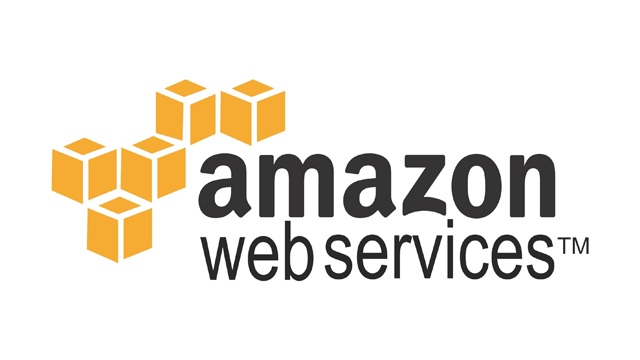Cloud computing is the on-demand availability of computer system resources, especially data storage (cloud storage) and computing power, without direct active management by the user. The term is generally used to describe data centers available to many users over the Internet. Large clouds, predominant today, often have functions distributed over multiple locations from central servers. If the connection to the user is relatively close, it may be designated an edge server.
Multicloud is the use of multiple cloud computing and storage services in a single heterogeneous architecture. This also refers to the distribution of cloud assets, software, applications, etc. across several cloud-hosting environments. With a typical multicloud architecture utilizing two or more public clouds as well as multiple private clouds, a multicloud environment aims to eliminate the reliance on any single cloud provider. It differs from hybrid cloud in that it refers to multiple cloud services rather than multiple deployment modes (public, private, legacy).
Hybrid cloud is a composition of a public cloud and a private environment, such as a private cloud or on-premises resources,[96][97][98] that remain distinct entities but are bound together, offering the benefits of multiple deployment models. Hybrid cloud can also mean the ability to connect collocation, managed and/or dedicated services with cloud resources.
Amazon Web Services (AWS) is a subsidiary of Amazon that provides on-demand cloud computing platforms and APIs to individuals, companies, and governments, on a metered pay-as-you-go basis. In aggregate, these cloud computing web services provide a set of primitive abstract technical infrastructure and distributed computing building blocks and tools. One of these services is Amazon Elastic Compute Cloud (EC2), which allows users to have at their disposal a virtual cluster of computers, available all the time, through the Internet. AWS's version of virtual computers emulate most of the attributes of a real computer, including hardware central processing units (CPUs) and graphics processing units (GPUs) for processing; local/RAM memory; hard-disk/SSD storage; a choice of operating systems; networking; and pre-loaded application software such as web servers, databases, and customer relationship management (CRM).
The AWS technology is implemented at server farms throughout the world, and maintained by the Amazon subsidiary. Fees are based on a combination of usage (known as a "Pay-as-you-go" model), the hardware/OS/software/networking features chosen by the subscriber, required availability, redundancy, security, and service options. Subscribers can pay for a single virtual AWS computer, a dedicated physical computer, or clusters of either. As part of the subscription agreement,[6] Amazon provides security for subscribers' systems. AWS operates from many global geographical regions including 6 in North America.[7]
In 2020, AWS comprised more than 212[8] services including computing, storage, networking, database, analytics, application services, deployment, management, mobile, developer tools, and tools for the Internet of Things. The most popular include EC2 and Amazon Simple Storage Service (Amazon S3). Most services are not exposed directly to end users, but instead offer functionality through APIs for developers to use in their applications. Amazon Web Services' offerings are accessed over HTTP, using the REST architectural style and SOAP protocol for older APIs and exclusively JSON for newer ones.
Amazon markets AWS to subscribers as a way of obtaining large scale computing capacity more quickly and cheaply than building an actual physical server farm.[9] All services are billed based on usage, but each service measures usage in varying ways. As of 2017, AWS owns a dominant 34% of all cloud (IaaS, PaaS) while the next three competitors Microsoft, Google, and IBM have 11%, 8%, 6% respectively according to Synergy Group.
Terraform is an open-source infrastructure as code (IAC) software tool created by HashiCorp. It enables users to define and provision a datacenter infrastructure using a high-level configuration language known as Hashicorp Configuration Language (HCL), or optionally JSON.Terraform supports a number of cloud infrastructure providers such as Amazon Web Services, IBM Cloud (formerly Bluemix), Google Cloud Platform, DigitalOcean, Linode, Microsoft Azure, Oracle Cloud Infrastructure, OVH, Scaleway, VMware vSphere or Open Telekom Cloud as well as OpenNebula and OpenStack. Terraform is created in Google's Go language, with its latest stable version being 0.12.26/May27-2020.



